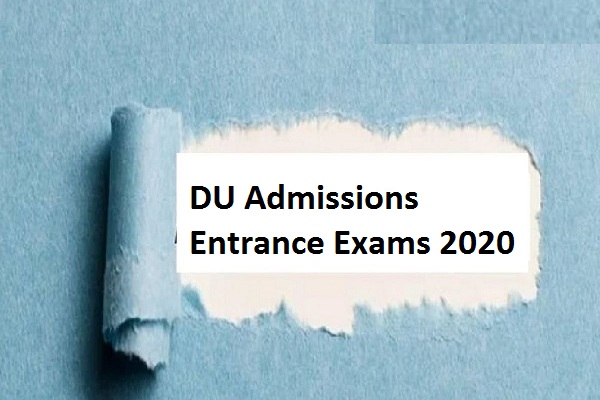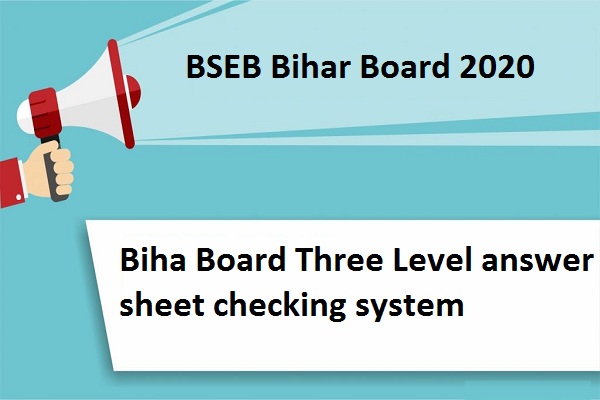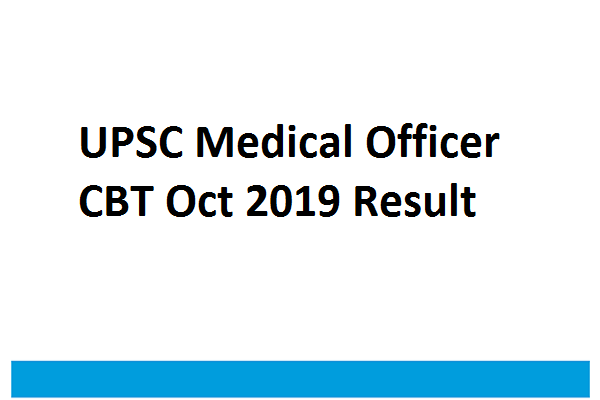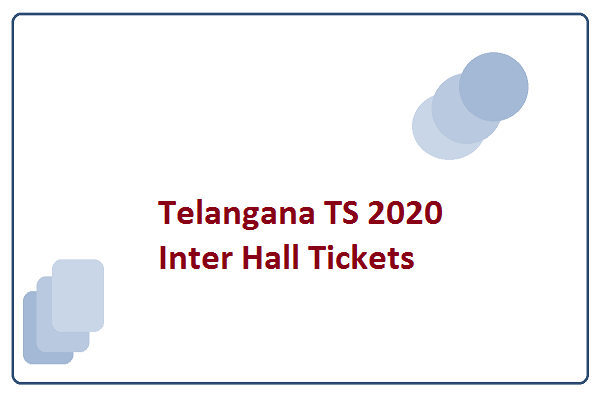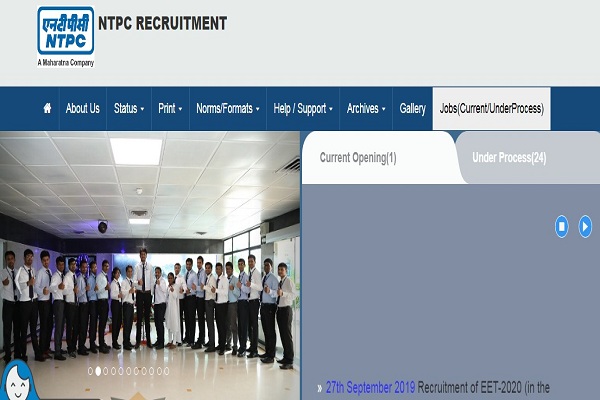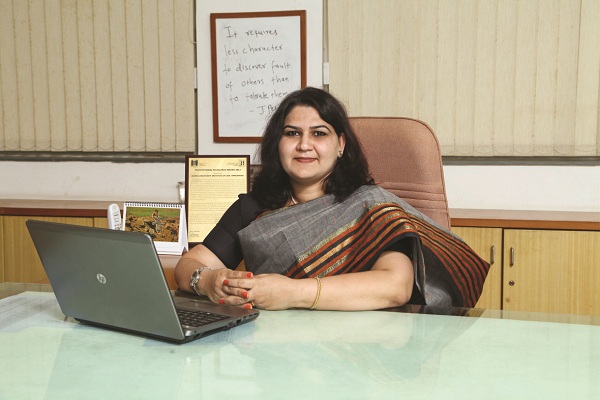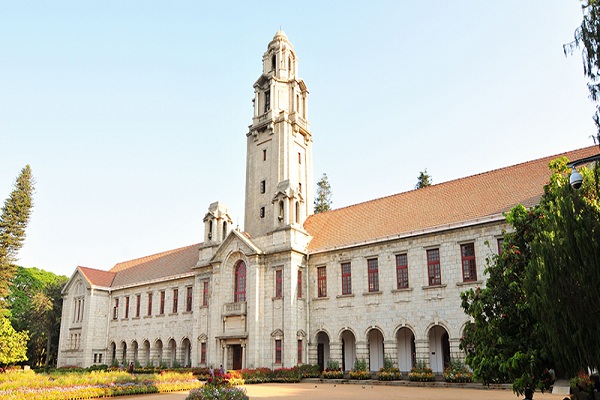Launched in 2015 by the Ministry of Human Resource Development (MHRD), the National Institutional Ranking Framework (NIRF) has become one of the most sought after ranking in India. The rankings have resulted in a positive competition and as a result, every Indian institution is striving hard to be ranked in top 100.
The first NIRF ranking was released in 2016, after which changes in a few sub-parameters were made. The changes were implemented in 2017 and every large institution was given a common overall rank as well as a discipline specific rank as applicable. Since 2017, there has been no change in the ranking methodology.
As per the spatial distribution (Figure-1) of pertinent data, most of the universities ranked in top 100 are in the southern states (including Maharashtra) or in and around the National Capital Region (NCR). Except nine private universities, all universities in the top 100 list are public universities, spread over the entire Northern, Western and Eastern states, including the North Eastern (NE) states of India.
Interestingly, central states like Madhya Pradesh, Chhattisgarh and Bihar do not have any top ranked universities, either public or private. If two private universities of Rajasthan and Orissa, one public university of Gujarat and one private university of Jharkhand are excluded, entire heartland of India does not have any institutions in the top 100. This may be because universities of the central region, whether public or private, do not conform to the standards set by the ranking framework because they do not attract enough students or faculty. This may also mean that universities which are strategically located near cities having greater opportunities attract both faculty as well as students.
It has been observed that there is a 50 percent decrease (from rank 1 to 100) in Student Strength (SS) in the top 100 universities, including PhD students. A comparison of private and public universities shows almost the same trend but the drop is steep in the case of private universities. It was further observed that almost all the top 100 universities, both public and private, have maintained a Faculty Strength Ratio (FSR) of 1:15.
SS takes a dip with the ranking whereas FSR and faculty qualifications have been maintained at the required level. The university exam metric, which measures the average number of students completing their programme in the stipulated time, is almost flat for all the universities, meaning all of them are adhering to the regulations and most of the students are completing the programme well within time. Parameters like faculty qualification and budget utilisation also remain almost the same for all universities in top 100.
The major factors which affect the ranking have been found to be – number of PhD students graduating, number of publications, publication quality and patents.
The trend shows number of PhD students graduating decreases by 75 percent (from rank 1 to 100) and this seems to be one of the factors affecting the ranks may be because with more PhD students, more quality papers are published. The trend is same for public as well as private universities.
Overall the number of PhD students graduating decreases with the rank, but the situation in private universities is very grim. Private universities score about 50 percent less than public universities in this metric. This might be due to the fact that students don’t prefer private universities as their choice for enrolling into PhD, may be due to lack of research funding and research facilities.
Most of the public universities have provisions for research funding through internal sources (seed funding), which ultimately gets converted into external research grants. These grants have the provision of hiring research scholars with stipend, ultimately leading to their PhD degree. Such facility is mostly missing in the private universities, leading to less enrolment and graduation of the PhD students. This has a cascading effect.
Smaller number of PhD scholars and meagre research grants mean less research leading to lesser publications. It has been observed that the publication metric decreases with rank for both for public as well as private universities. There is a reduction of 40 percent in the publication metric for top 10 private universities, when compared with top 10 public universities. Moreover, the overall publication metric for private universities was found to be 22 percent less than public universities.
Intellectual Property Rights (IPR) metric measures the patents filed, published, awarded & licensed. In this regard, private universities in top 100 are performing slightly better than public universities. Only 22 percent private universities score zero in this metric, as compared to 32 percent public universities.
Regarding quality of publications, an overall decrease of 26 percent has been observed between public and private universities. This was expected as the students do not prefer private institutions as their favourite destination for pursing PhD.
The Footprint of Projects, Professional Practice and Executive Development Programs (FPPP) metric measures the amount of research funding received by the university in the last 3 years and the amount generated through consultancies and by the virtue of conducting one-year full time Faculty Development Programme (FDP). If a comparison is made between the private universities and public universities, except IISc, the private universities are performing slightly better in this regard. This is in contrast to the general belief that the research funding is not being provided to the private universities and they are not able to generate consultancies. Conversely, the number of PhD students graduating out, is less for private universities. Although, the relationship between number and value of research projects vis-à-vis number of PhD students graduating out is not clear yet, this peculiar observation may be attributed to the fact that the project and consultancy data is available only for the last three years, and on an average, a PhD student takes three to four years to complete their degree. Keeping this in mind, the trend might change after few years.
The Perception metric for universities was calculated based upon the perceptions of employers and research investors, academic peers, public perception and competitiveness. In India, most of the private universities are looked down upon, by both employers and research funding agencies. This perception has very well been captured in the perception data. Private universities were found to have an average perception index 33 percent lower than public universities. IISc Bangalore was found to have the highest perception of 100 in the country.
Peer perception data was calculated through a survey conducted over a large category of employers, professionals from reputed organisations and a large category of academics to ascertain their preference for graduates of different institutions.
Data was also captured for student diversity, which measures the enrolment of students from other states/ countries, number of female students, and socially and physically challenged students. The analyses showed that there in not much variation in the data under this category, and there is quite a diverse mix of students, including female and physically challenged students in almost all the universities.
Furthermore, almost all the universities have facilities for physically challenged students. However, IISc Bangalore and University of Hyderabad, which are otherwise ranked as 1 and 4 respectively in overall university ranking, have scored poorly, and need to improve their facilities for physically challenged students.
In terms of percentage of female students, almost all the universities have scored well. Surprisingly, IISc scores well below the national average in this regard. It may be due to the fact that less female students take-up Engineering/Science as a career choice.
Upon analysing the Different parameters for top 100 NIRF ranked universities in 2019, it can be concluded that the Government of India and state governments in the Central and Eastern part of India need to focus on improving the infrastructure. None of the Central states such as Madhya Pradesh, Chhattisgarh, Rajasthan, Bihar, Jharkhand, Gujarat, Orissa, and most of the North Eastern (NE) states have any/or only a few top 100 ranked universities, be it public or private.
The spatial distribution of these top 100 universities shows that the Central India and NE India lack good infrastructure and facilities and good students are not opting for universities in these regions, which is ultimately affecting their rankings.
In this backdrop, the government may need to intervene and start quite a few universities with good facilities which may attract students. There have been some efforts of opening at least one central university in every state, but the results might take some time, as only one central university has figured in the top 100 universities, only two in the 101-150 band of ranks and four in the 151-200 band of ranks.
Patents and consultancies are areas of concern, as the scores are dismally low for all the top 100 Indian universities. The government needs to intervene, and students need to inculcate the eco-system of innovations and entrepreneurship from school/ college level so that this score improves. There needs to be a major mind-set change of the students so as more and more innovations are done at the school/college level.
The views expressed above are the personal opinion of Prof Satya Prakash, Professor, Department of Civil Engineering, Sharda University, Greater Noida, Uttar Pradesh. Contact: satya.prakash@ sharda.ac.in. Link to the online article: https://digitallearning. eletsonline.com/2019/12/how-to-be-in-the-top-100-nirf-ranked- universities/.






